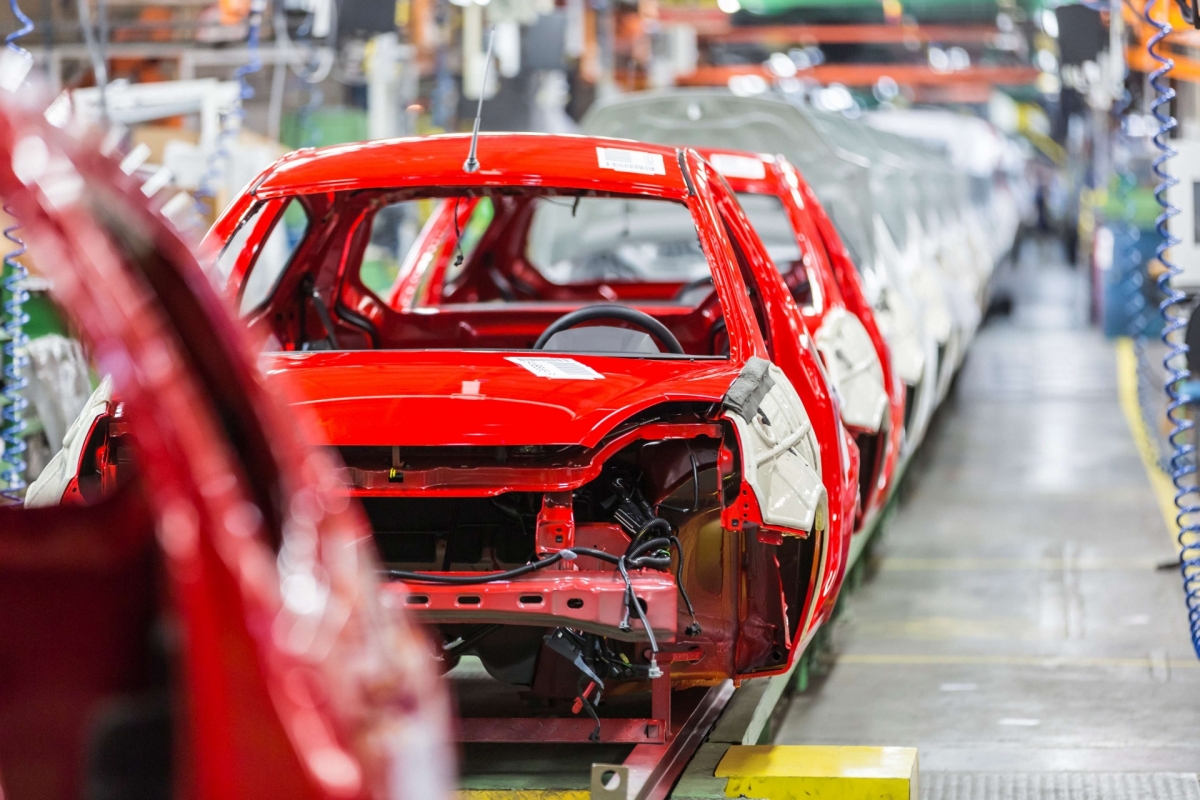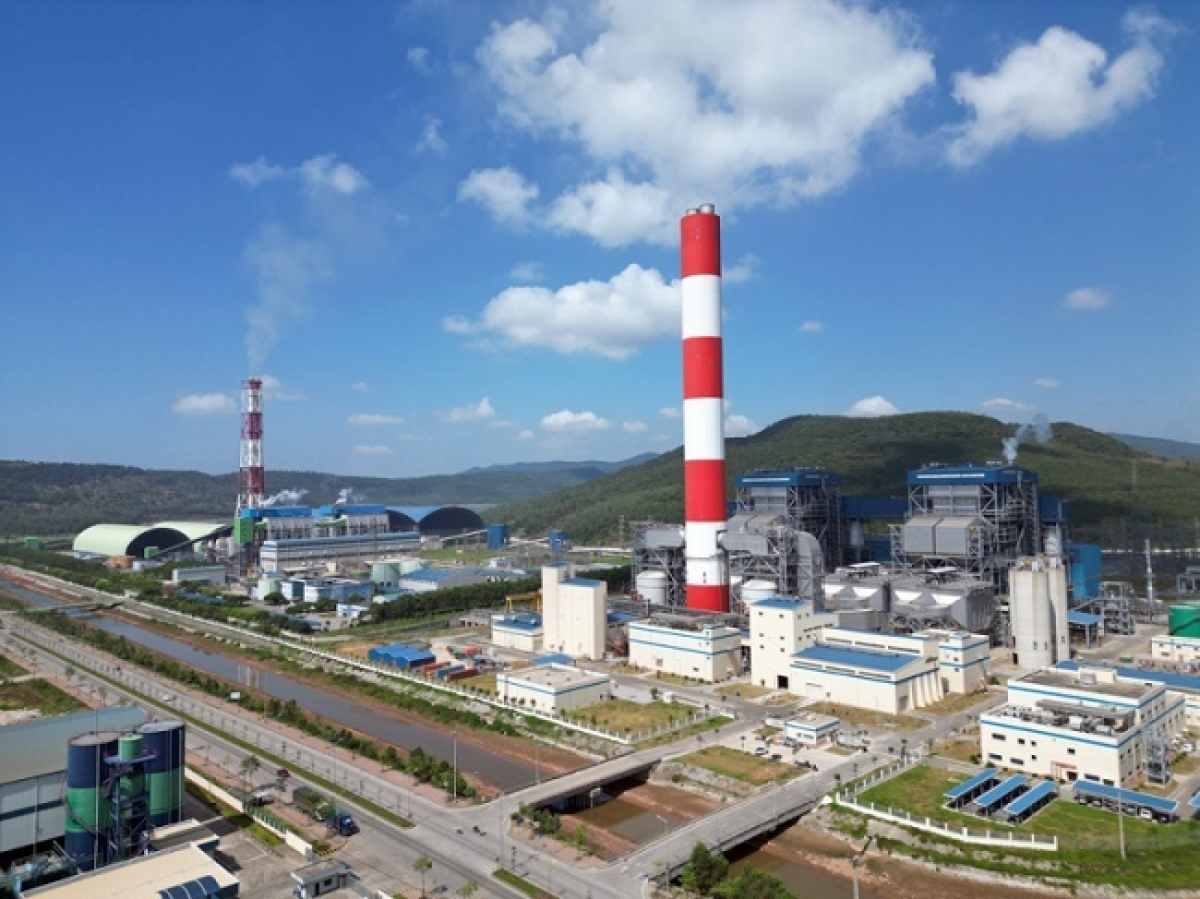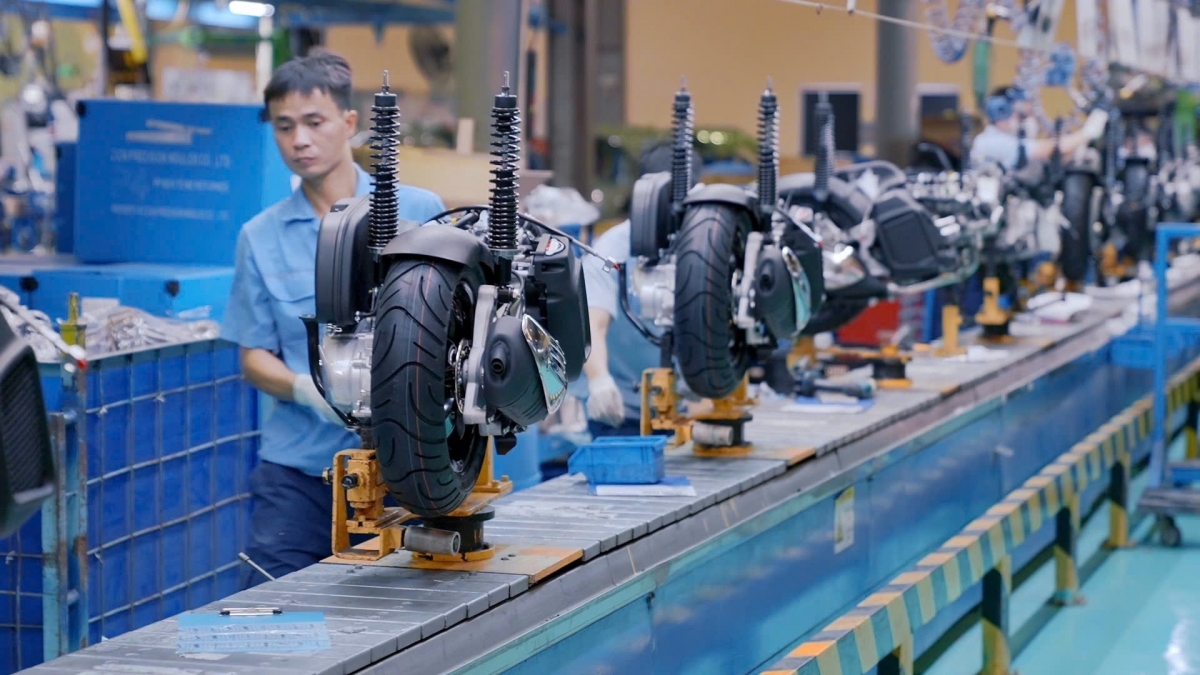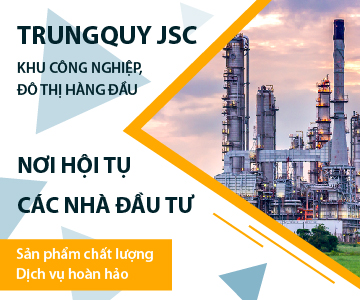INTERNATIONAL INVESTMENT
AND PORTAL
Last week saw the commencement of construction of 250 initiatives throughout the nation, as part of celebrations to mark 50 years since national reunification and the 80th anniversary of National Day.
“These projects are expected to generate more than 18 per cent of GDP in 2025 and over 20 per cent of GDP annually in the coming years,” stated Deputy Minister of Construction Le Anh Tuan. “State-funded schemes will create strategic infrastructure frameworks to attract and promote private investment.”
According to the Ministry of Construction (MoC), development of these projects reflects the nation’s self-reliance and proactive efforts in developing socioeconomic infrastructure.
“It vividly and authentically illustrates the dedication and concerted efforts of the entire political system, relevant stakeholders, and the unity and determination of the people as they compete and collaborate to implement initiatives across the country,” the MoC stated.
As of August 13, the MoC had received reports from all provinces and cities, 17 ministries and sectors, and 18 groups and corporations. Based on these, the Ministry of Finance (MoF) has reviewed and compiled a list of 250 projects that meet the conditions for either inauguration or groundbreaking (see box).
Among the 250 projects, eight are nationally significant, 46 are classified as Group A, 155 as Group B, and 41 as Group C.
The total capital investment for these projects amounts to $51.2 billion. Of this, 129 initiatives costing are state funded at $19.1 billion. Over 120 schemes are funded by other sources, totalling $32 billion.
This covers five foreign-invested ventures registered at $2.16 billion, including a smart electronics factory by Tonly Electronics Vietnam at the Dong Nai Industrial Park in the northeastern province of Quang Ninh; a venture from Bac Ha Hanoi Smart City Development Investment in Hanoi; a food processing factory by PepsiCo in the northern province of Ninh Binh; an industrial infrastructure project by WHA Smart Technology in the north-central province of Thanh Hoa; and a radial tyre manufacturing plant by Cofo Vietnam Tyre, also in Thanh Hoa.
Among the standout projects inaugurated last week was the National Exhibition Centre in Dong Anh commune of Hanoi, developed by Vingroup. Originally scheduled for completion in 2027, the complex has a highly intricate design, striking architecture, and super-heavy steel structures.
Construction began in August 2024, with the centre spanning more than 900,000sq.m and designed to host national and international political, economic, cultural, and tourism events. Built in a record period of just under 10 months, the complex cost over $280 million.
Its centrepiece is Kim Quy Exhibition Hall, a symbolic structure inspired by the legend of God Kim Quy (Golden Tortoise) at the ancient Co Loa Citadel. Covering over 100,000sq.m and rising more than 56 metres high, it is the world’s largest circular exhibition hall. The building features a main lobby and nine interconnected halls.
The government has set an economic growth goal of 8.3-8.5 per cent for 2025, and double-digit growth for the 2026-2030 period.
However, according to Deputy of Finance Do Thanh Trung, for GDP to achieve a growth rate of more than 10 per cent a year, the ratio of development investment must increase from 32.1 per cent of GDP now to 41.5 per cent by 2030, or $262-296 billion a year. This includes about $76-88 billion from the state budget, $40-45 billion worth of foreign investment, and $146-162 billion from the private sector.
To reach higher economic growth this year, key sectors must also grow at a very high level, with the industrial-construction sector set to climb 11-12 per cent a year and the service sector 10-11 per cent, which is 2-3 percentage points higher than in 2024.
To realise the new growth target for 2025, the MoF said total development investment capital for the second half of the year will be about $111 billion, which is $3 billion higher than the scenario of 8 per cent economic growth.
Disbursement of public investment in the last six months of 2025 is set to be around $28 billion. Private investment will be about $60 billion, which is $3 billion higher than the scenario of 8 per cent economic growth.
The MoF is teaming up with ministries and localities to formulate Vietnam’s economic growth scenario for the 2026-2030 period.
“The demand for development investment in the coming period is quite great, accounting for about 40 per cent of GDP; and annual investment growth will be 17-20 per cent, which will be far higher than now when the rate is about 30-33 per cent of GDP,” stated Minister of Finance Nguyen Van Thang said. “As compared to international practice, if a nation achieves an annual growth rate of 10 per cent or more, its total development capital must be as much as 40 per cent of GDP. We must pay special attention to this, and more importantly, it is necessary to improve investment effectiveness.
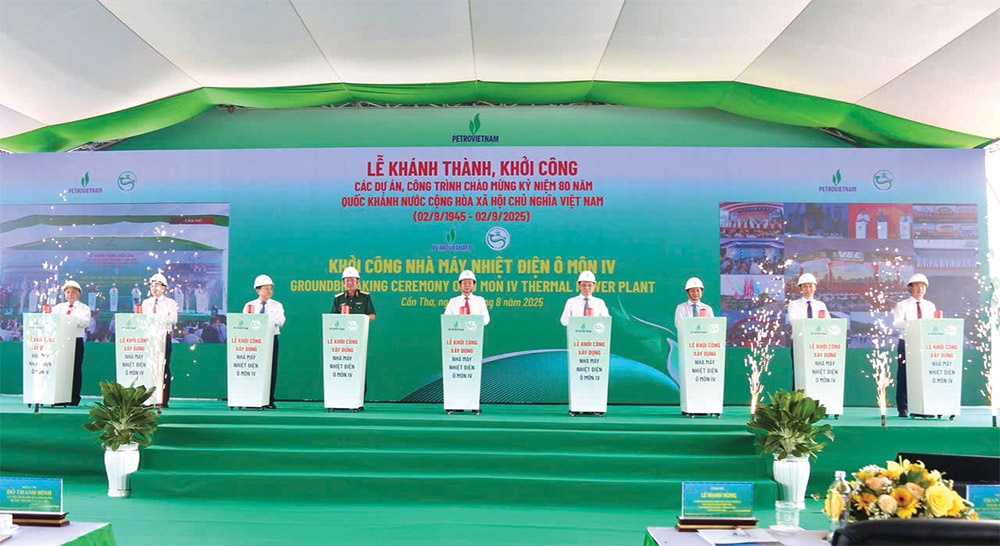 Several energy undertakings held groundbreaking ceremonies to help mark the momentous occasion, photo VGP
Several energy undertakings held groundbreaking ceremonies to help mark the momentous occasion, photo VGP
Ho Duc Phoc, deputy Prime Minister
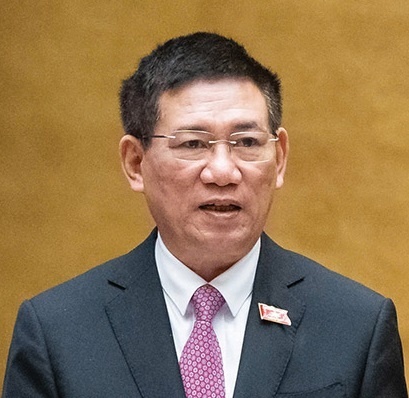
We are entering a new era as we begin to develop monumental projects such as the North-South high-speed railway, Lao Cai-Haiphong railway, various urban railways, Long Thanh International Airport, and multiple expressway routes. These are ambitious undertakings, and naturally, they require substantial financial resources.
Even at the stage of public investment planning, it is essential to clearly define both the demand and the funding capacity. Any realistic plan must be based on a careful balance between needs and available resources. Only then can it be implemented effectively. In this regard, our recent public investment plans, along with fiscal and monetary policies, have proven highly effective.
According to the International Monetary Fund, Vietnam’s incremental capital output ratio is between 5 and 6. This implies that in order to achieve a targeted annual GDP growth rate of 10 per cent from now towards 2030, we would require investment equivalent to five times the GDP growth rate. By 2030, our economy is projected to reach around $800 billion. Averaged over the next five years, this translates to an investment need of approximately $650 billion.
This means we would need to spend about VND8 quadrillion ($320 billion) per year. For example, this year we have close to VND1 quadrillion ($40 billion) available. This includes around VND825 trillion ($33 billion) in regular budget allocations, plus over VND81 trillion ($3.24 billion) in increased revenue for the coming year from the central budget - excluding local budgets.
This leaves a funding gap of over VND7 quadrillion ($280 billion), which we must mobilise from various sources such as foreign investment, public-private partnerships, official development assistance, and other investment channels.
Nguyen Van Thang, minister of Finance
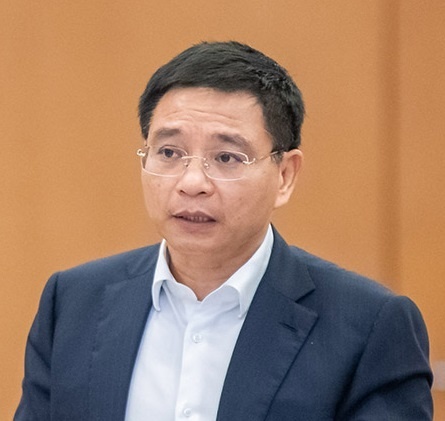
The Ministry of Finance has advised the government on amending the Law on Public-Private Partnership (PPP) Investment. The proposed amendments aim to significantly shorten the time required to prepare and appraise related projects by reducing procedures and simplifying the investment approval process for certain categories.
The new legislation has empowered authorised agencies with greater discretion to decide whether or not to establish appraisal councils. This will help reduce the procedural burden and speed up the mobilisation of projects.
Next is to expand the scope for contractor appointment to meet the specific needs of key or urgent projects. This is a crucial point - some major ventures approved by the NA have had to conduct tendering procedures, despite the investor already being identified. These amendments are designed to avoid such inefficiencies by enabling contractor appointment in specific cases.
We are also reducing evaluation criteria for investors, thereby making it easier for a diverse range of businesses to participate in different forms of public investment partnerships. This includes models such as privately invested, publicly used infrastructure; publicly funded, privately managed services; and other forms of cooperation that are now applicable across various sectors.
Furthermore, we are prioritising the allocation of state budget funds for preparatory work, land clearance, risk-sharing, and resource balancing for major PPP projects.


